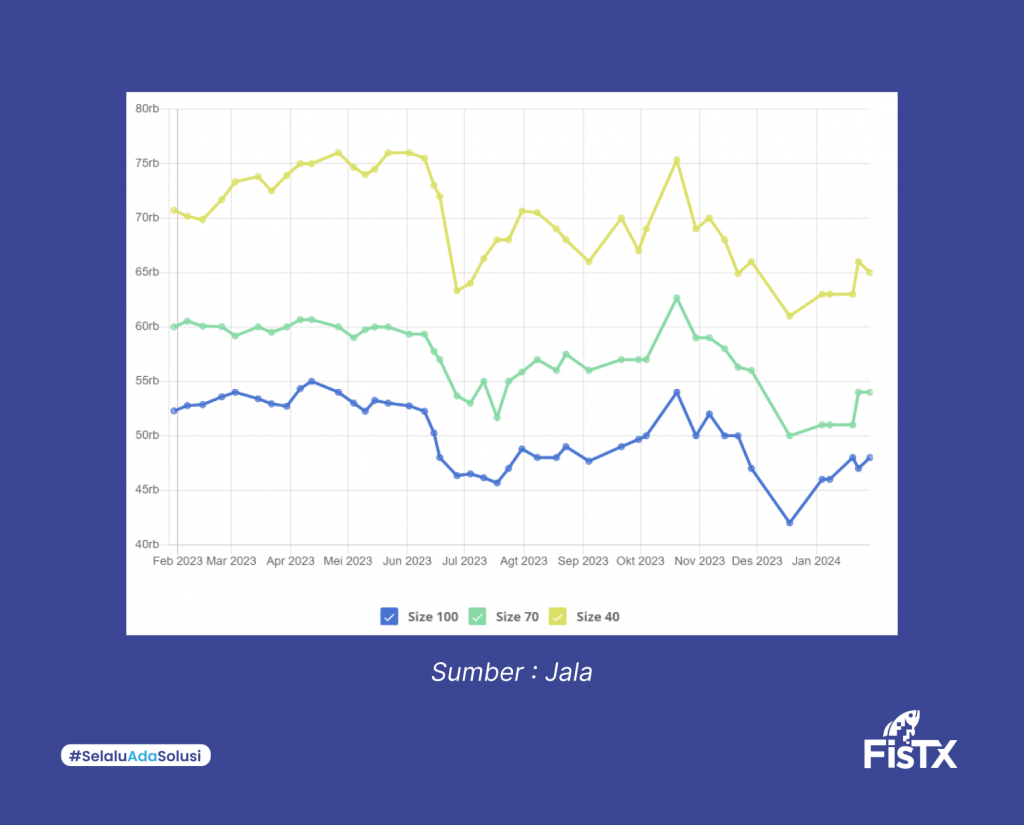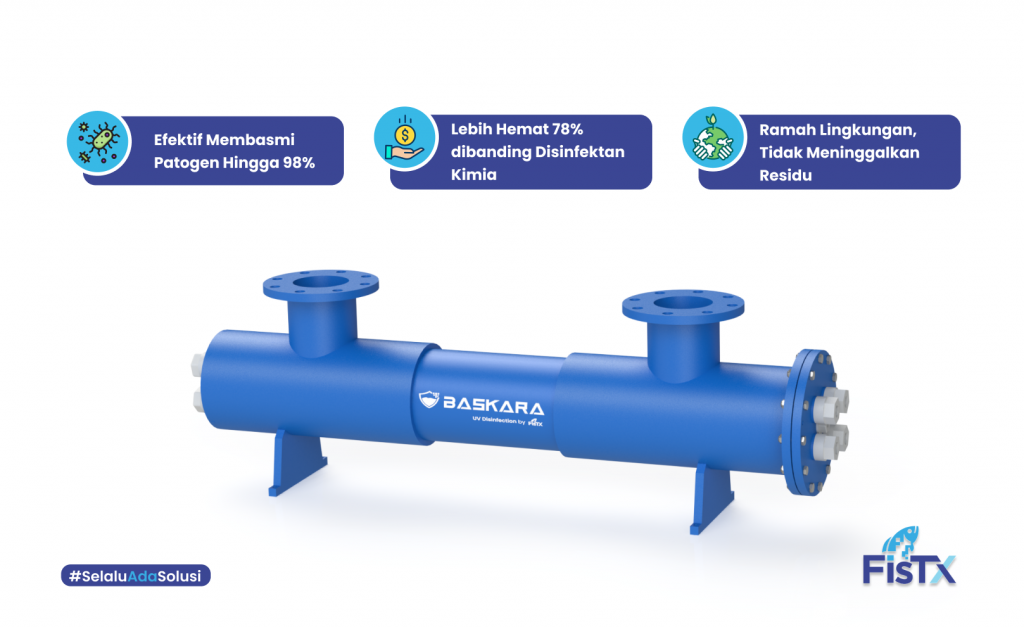
Still Profitable to Cultivate Vannamei Shrimp When Prices Drop
In the commodities market, price fluctuations are common. One commodity that often experiences price changes is vannamei shrimp, a popular type of shrimp in the fisheries industry. For example, in Central Java, there were two price declines for vannamei shrimp during the period from February 2023 to January 2024. Although there was an increase in prices in September 2023, overall, the trend of shrimp prices decreased during that period.

Amidst shrimp price fluctuations and the rainy season in February 2024, there are several challenges that shrimp cultivators must face. One of these challenges is the risk of diseases due to fluctuating water quality in ponds.
Is Vannamei Shrimp Cultivation Still Profitable Amidst Falling Shrimp Prices?
Although shrimp prices have decreased, vannamei shrimp cultivation still has significant profit potential. For instance, the average price for size 100 HPP is around Rp 25,000, size 70 HPP averages around Rp 33,000, and size 40 HPP averages around Rp 45,000. With these figures, the profit margin potential in shrimp cultivation is still achievable. This is due to the continued high demand in both local and international markets. However, to maximize profits, cultivators need to implement efficient management, including controlling production costs and the use of inputs.
Risk of Diseases During the Rainy Season
The onset of the rainy season increases the risk of diseases in shrimp cultivation. Some common diseases that may occur during the rainy season include AHPD caused by bacteria, myo caused by viruses, and EHP caused by fungi. To reduce these risks, cultivators need to improve water quality management with appropriate and efficient methods.
Efficient Cultivation Increases Profits
Amidst declining shrimp prices, it's important to realize the significance of efficient cultivation to maintain profitability. Shrimp farmers need to consider which inputs can be optimized and reduce operational costs. For example, the use of 30 ppm chlorine disinfectant in 10 ponds with a volume of 2,550 m3 can cost Rp 1,400 per m3 of water/cycle.

This cost can be reduced by using alternative disinfection methods such as UV treatment, which is more cost-effective. For example, using BASKARA UV from FisTx with a flow rate of 50 m3/hour in the same number and volume of ponds can cost only Rp 314 per m3 of water/cycle. This represents a cost reduction of 78% compared to chlorine use. By reducing operational costs, cultivators can increase profit margins in shrimp cultivation. Additionally, UV treatment can reduce the residues of hazardous chemicals for organisms in ponds, improving water quality.

With effective management and good risk control, cultivators can minimize failures in shrimp cultivation. If you have issues with shrimp cultivation, consult with FisTx for FREE. Contact us for more information!


